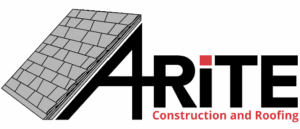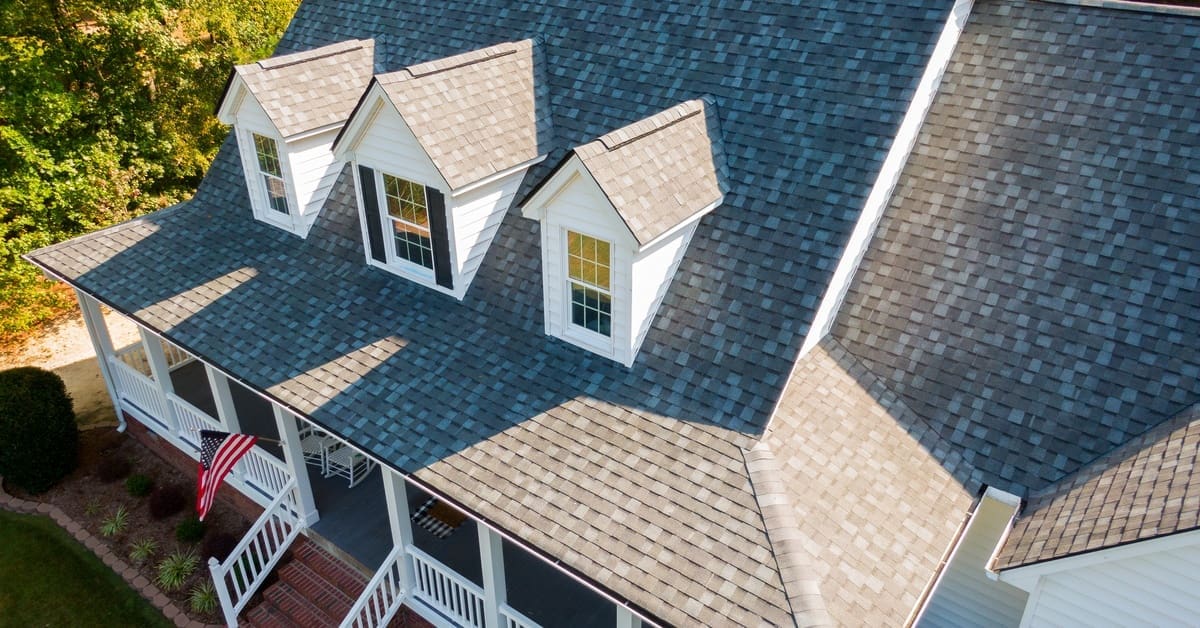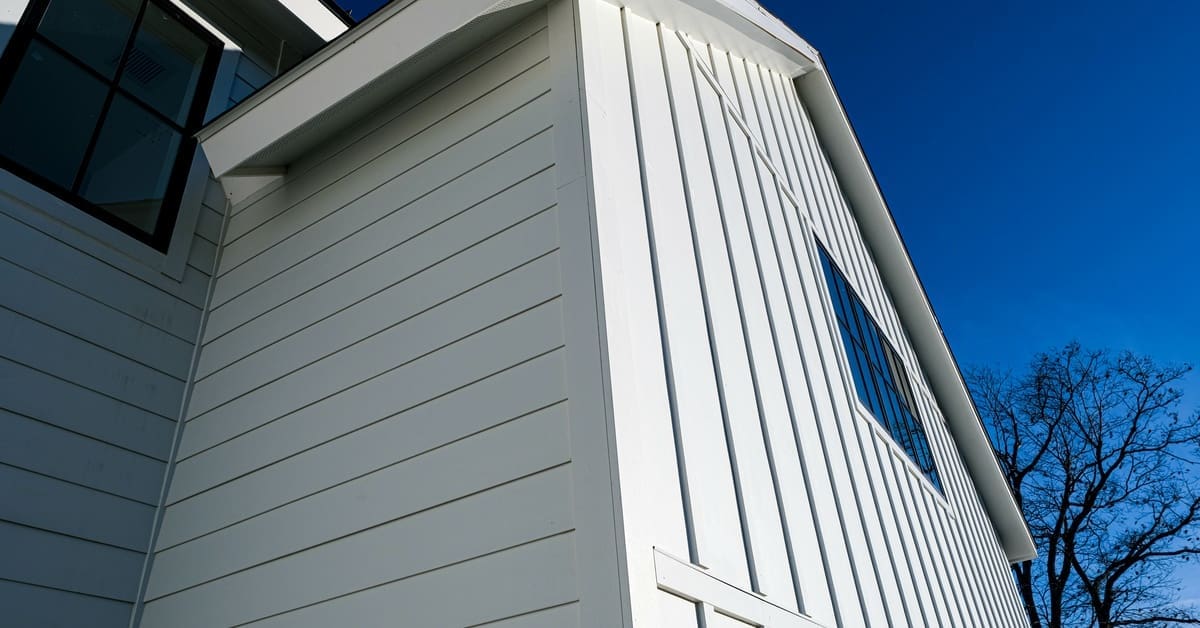Utility bills can creep up on homeowners, especially in climates like Wausau, Wisconsin, where frigid winters and humid summers put HVAC systems to the test. The good news? Homeowners don’t need to overhaul their homes to see real savings.
Strategic renovations can significantly improve energy efficiency and boost curb appeal and resale value. Whether you’re looking to cut costs on electricity, heating, or cooling, the best home renovations for reducing utility costs often start with the home’s exterior.
Let’s explore a few upgrades to make your home more comfortable and your monthly bills more manageable.
Upgrade the Roofing
The roof is the home’s first line of defense against the elements, and it plays a much bigger role in energy efficiency than many homeowners realize. If a roof shows signs of age, such as curling shingles, dark patches, or frequent leaks, it may be contributing to heat loss in winter and heat absorption in summer.
Asphalt and architectural shingles offer solid insulation while reflecting some of the sun’s rays, keeping attic temperatures more stable. In regions where the weather is unpredictable, this added layer of thermal protection can reduce the strain on HVAC systems year-round.
Beyond comfort, a new roof can also deliver a strong return on investment. Homeowners who upgrade to high-quality asphalt roofing often recoup a significant portion of the cost through energy savings. If you’re working with a trusted roofing and siding contractor in Wausau, WI, ask about shingle color options that further enhance efficiency.
Seal and Insulate Chimneys
Chimneys are generally overlooked when it comes to energy efficiency, yet they can allow considerable heat to escape, particularly in older houses. Without proper sealing or insulation, warm air from a furnace can escape right up the flue during winter, while hot summer air can creep inside, forcing an AC unit to work harder.
Adding a chimney balloon or damper is another smart, budget-friendly renovation that prevents conditioned air from escaping when the fireplace isn’t in use. For a more permanent fix, insulation materials can be added around the chimney shaft in the attic to prevent heat transfer between floors.
Not only does this reduce heating and cooling demands, but it also improves indoor air quality. It’s a worthwhile renovation, particularly if a home features a wood-burning fireplace that’s used year-round.

Enhance Roof Ventilation
Good roof ventilation is crucial for controlling energy costs throughout the year. Without it, heat can accumulate in the attic during the summer, forcing the air conditioner to work harder. In the winter, poor ventilation contributes to moisture buildup and uneven roof temperatures, which can potentially lead to damaging ice dams.
By upgrading roof ventilation systems, such as ridge vents, soffit vents, or attic fans, homeowners balance indoor temperatures and protect the roof’s structural integrity. These improvements reduce strain on the HVAC system, resulting in improved air circulation throughout the home.
Add Attic Insulation
Another culprit of energy loss in older homes is insufficient insulation. Heat naturally rises, and without a well-insulated attic, much of that heat escapes in the winter. During warmer months, the lack of a proper barrier allows heat to enter, making the cooling system work relentlessly.
Loose-fill fiberglass insulation is an excellent solution for sealing gaps and creating consistent coverage across attic spaces. It settles easily into corners and hard-to-reach areas, reducing air leaks.
Upgrading attic insulation is an effective home renovation that delivers a noticeable return on investment within just a few seasons.
Replace Outdated Siding
Old or damaged siding can be a significant source of energy loss, particularly during Wisconsin’s harsh winters. If the siding is cracked, warped, or pulled away from the exterior, it allows drafts and moisture to enter, which increases heating and cooling costs. Replacing outdated siding is a practical renovation that boosts insulation and curb appeal.
Modern siding materials, such as vinyl, composite polymer, and aluminum, are designed with energy efficiency in mind. These materials offer improved sealing and weather resistance to stabilize indoor temperatures and reduce utility bills.
Install Energy-Efficient Windows
Windows are among the most noteworthy points of energy transfer in any home. Outdated or poorly sealed windows allow warm air to escape in the winter and let heat seep in during the summer. Replacing them with modern, energy-efficient alternatives creates an immediate improvement in both comfort and utility expenses.
Double- or triple-pane windows with low-emissivity (low-E) coatings reduce solar heat gain while keeping conditioned air indoors. This renovation can reduce heating and cooling needs dramatically in areas where temperature swings are common.

Add Skylights Thoughtfully
Skylights are more than just beautiful design features; they also contribute to better energy efficiency when installed properly. By allowing natural light into darker areas of the home, skylights reduce the need for artificial lighting during the day, thereby lowering electricity usage.
When paired with energy-efficient glazing and proper placement, skylights can also regulate interior temperatures. Angled skylights that optimize winter sunlight reduce heating needs while minimizing summertime overheating. It’s a renovation that improves comfort and ambience while supporting year-round energy savings.
Use Reflective Paints
If your home has older, paintable siding, such as aluminum, consider applying reflective or light-colored paint to reduce heat absorption. These paints reflect sunlight away from the home’s surface, lowering indoor temperatures and easing the strain on the cooling system in warmer months.
While many modern siding materials, such as vinyl and composite polymer, don’t require painting, reflective coatings are practical upgrades for aluminum exteriors. Combined with proper insulation, this small update can enhance the building envelope, making this one of the most effective home renovations for reducing utility costs.
Prioritize Ongoing Efficiency
The smallest improvements can make a noticeable difference in energy costs, but only when paired with regular inspections and targeted upgrades. While renovations such as insulation, roofing, and siding offer some of the most impactful ROI, don’t overlook the value of airflow, daylight, and sealing solutions.
If you’re exploring the best home renovations for reducing utility costs, it’s worth consulting with a professional to ensure your upgrades are working together effectively. Here at A-Rite Construction, we can inspect your exterior, recommend smart improvements, and help you plan your next step.
Whether you’re ready to renovate or want an expert opinion, our team is here to help you build a more energy-efficient home.




